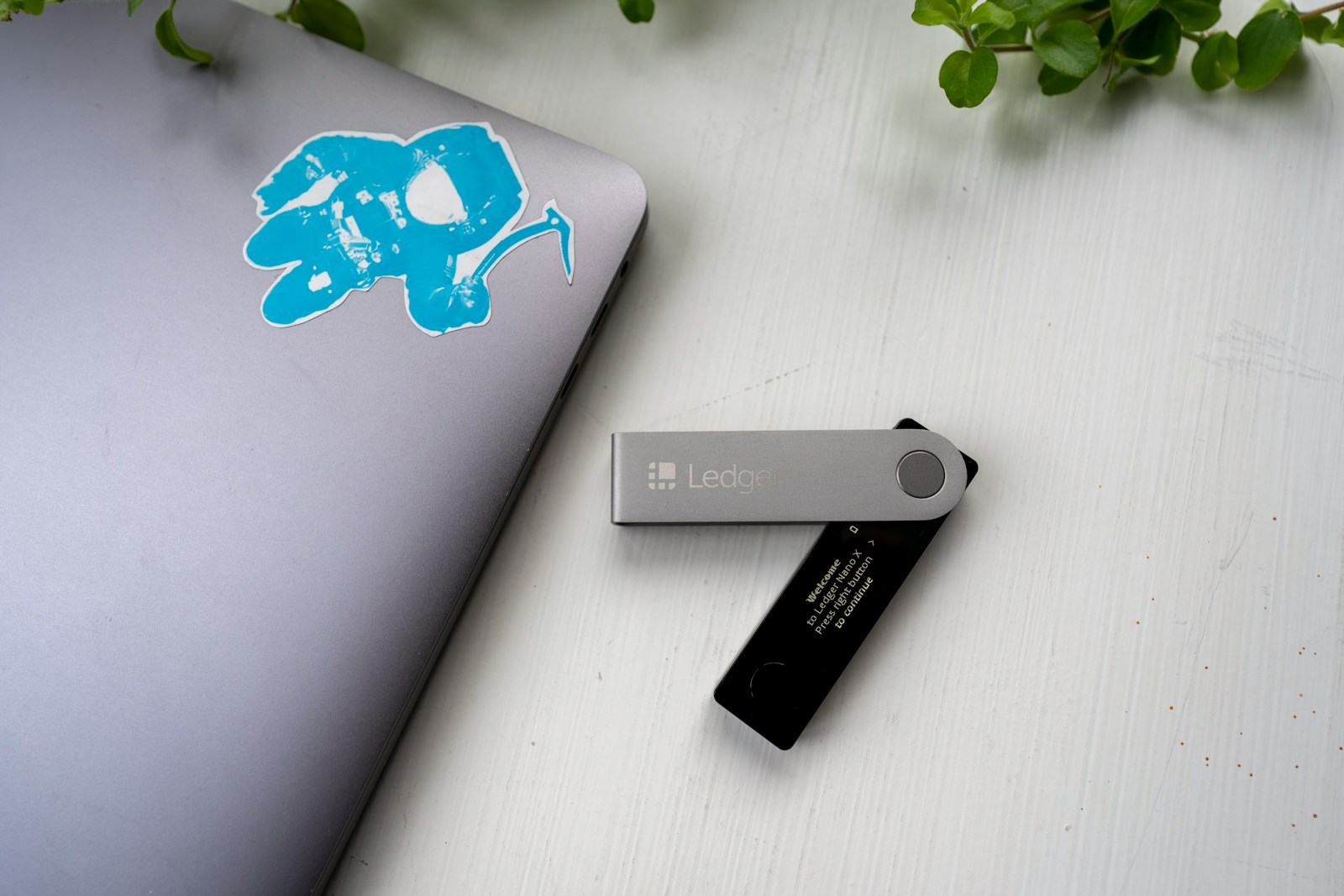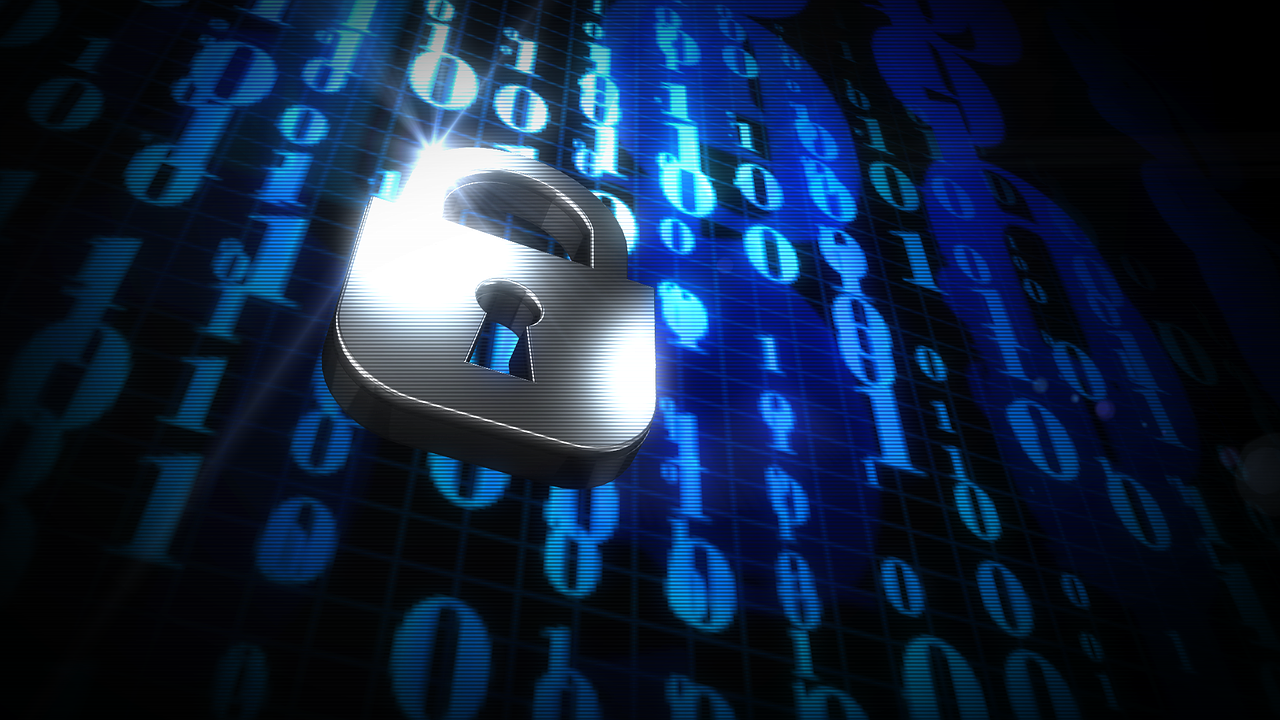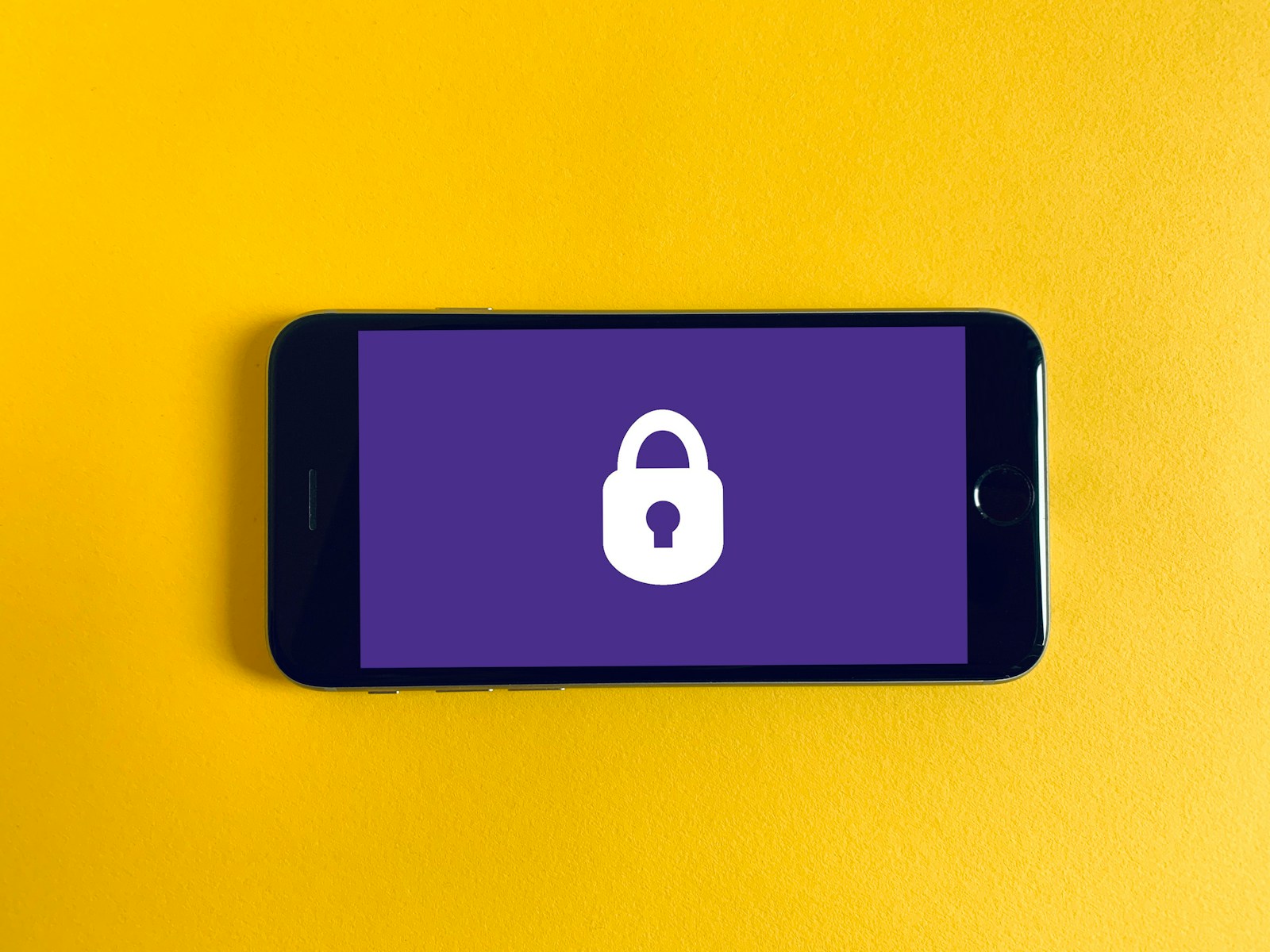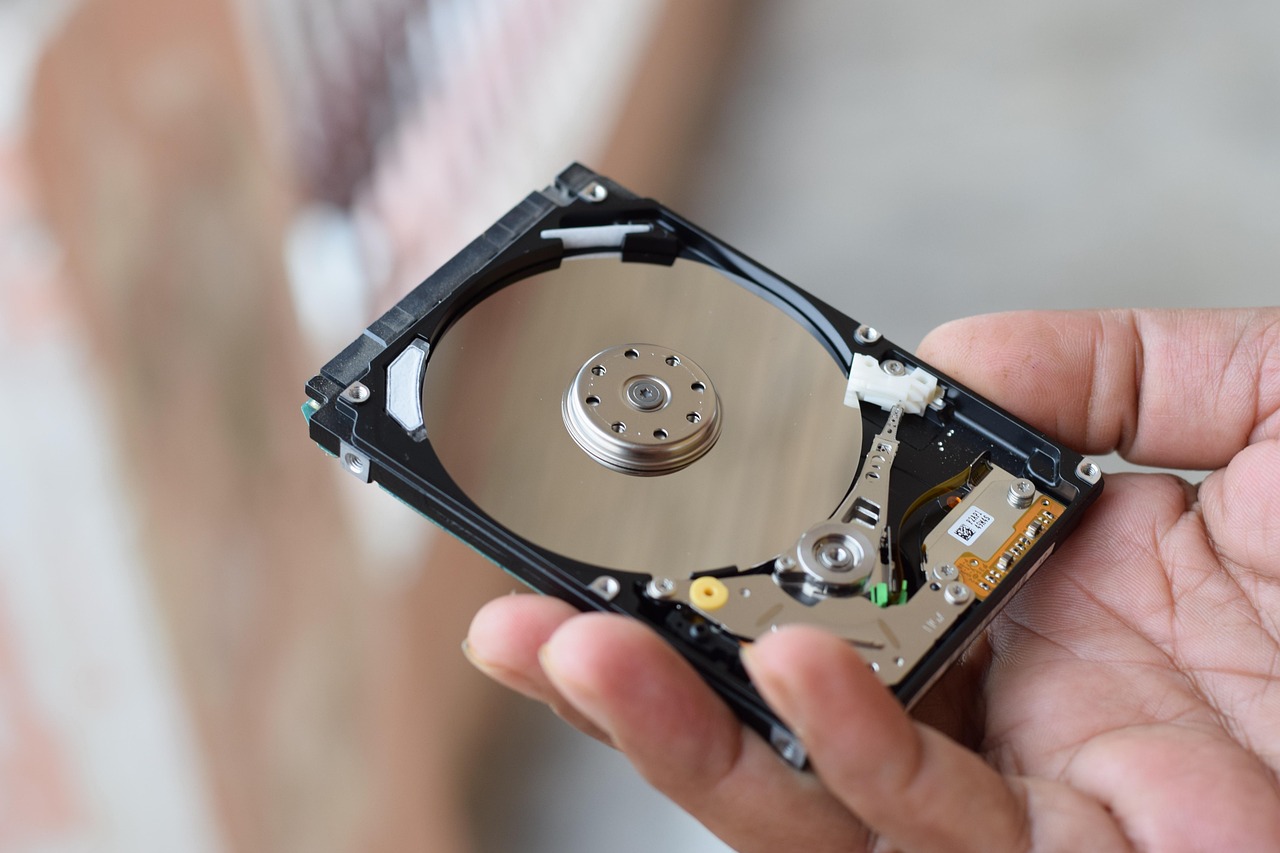
Implementing multi-factor authentication (MFA) remains the most effective measure against unauthorized access. Data from 2023 shows that accounts with MFA enabled experienced 99.9% fewer breaches compared to those relying solely on passwords. Regularly updating credentials and using password managers designed for encrypted storage adds another robust layer of defense, reducing vulnerability to phishing attacks and credential stuffing.
Consistent monitoring of wallet activity can detect anomalies early. Services offering real-time alerts for unusual transactions empower users to act quickly before losses escalate. For example, a recent incident involving a major NFT holder was mitigated because suspicious withdrawals triggered immediate notifications, allowing intervention within minutes.
Segregating assets into cold and hot wallets is a proven strategy for minimizing exposure. Keeping the majority of funds in offline wallets insulated from internet threats drastically lowers risk. Meanwhile, limiting hot wallet balances aligns with best operational practices recommended by leading blockchain custodians, balancing accessibility with security.
Regular firmware updates on hardware wallets and software patches close known vulnerabilities exploited by hackers. Ignoring these updates can leave systems open to malware or remote exploits–an avoidable oversight considering how frequently developers release critical fixes based on emerging threat intelligence.
How often should one review security configurations? Industry experts advise quarterly audits at minimum, complemented by continuous learning about new attack vectors like SIM swapping or social engineering tactics targeting recovery seed phrases. Staying informed enables adaptation of defensive routines ahead of evolving challenges in asset protection.
Security hygiene: daily habits protecting crypto wealth [Wallet & Security security]
Maintaining a consistent routine of safeguarding private keys and access credentials remains the most effective approach to securing digital assets. Utilizing hardware wallets with multi-factor authentication (MFA) reduces exposure to phishing attacks and malware infections, as these devices operate offline and sign transactions internally. For example, Ledger and Trezor models implement secure elements that isolate sensitive data, minimizing risk even if the connected computer is compromised.
Regularly updating wallet software and firmware eliminates vulnerabilities discovered in previous versions. In 2023, a vulnerability in a widely used mobile wallet was patched within 48 hours after disclosure, preventing potential loss of millions in tokens. Incorporating automated update checks into your maintenance schedule ensures these patches are applied promptly without manual oversight.
Practical strategies for enhancing protection of digital holdings
Employing diversified backup methods for seed phrases is another critical practice. Storing mnemonic phrases exclusively in one location invites catastrophic failure if lost or stolen. Splitting backups using Shamir’s Secret Sharing (SSS) provides resilience by requiring multiple shares to reconstruct the key, as demonstrated by frameworks like Casa or Unbound Tech. This approach balances accessibility with security against physical threats such as fire or theft.
Implementing transaction limits through smart contract-based wallets introduces an additional layer of control over asset movement. Platforms like Gnosis Safe enable users to define spending thresholds and require multisig approval for transfers exceeding those limits, effectively mitigating risks from compromised single keys. Case studies from institutional adopters reveal significant reduction in unauthorized withdrawals after deploying these controls.
Cultivating awareness around phishing vectors complements technical measures. Regular audits of email sources and URLs can prevent credential leakage via social engineering exploits. Tools such as domain monitoring services alert users when look-alike domains emerge aiming to capture login information. Integrating browser extensions that flag suspicious sites adds another checkpoint before signing transactions or entering private data.
Avoiding reuse of passwords across related accounts also contributes significantly to resilience against credential stuffing attacks, which have increased by over 70% since early 2022 according to cybersecurity reports. Employing password managers capable of generating strong unique passphrases streamlines this process without sacrificing convenience.
The cumulative effect of integrating these disciplined routines directly correlates with diminished risk profiles for holders managing substantial token portfolios. While no single measure guarantees invulnerability, layering safeguards creates redundancy that adversaries must overcome simultaneously–a task that deters casual exploits and raises barriers against sophisticated intrusion attempts alike.
Choosing Secure Wallet Passwords
Start with a password that exceeds 12 characters, incorporating a mix of uppercase and lowercase letters, numbers, and special symbols. Research indicates that passwords shorter than this threshold are vulnerable to brute-force attacks within hours using modern hardware. For instance, a 10-character alphanumeric password can be cracked in under two days by consumer-grade GPUs, whereas a 14-character complex password may take centuries to break.
Integrate unique phrases or combinations that lack semantic meaning but remain memorable for the user. This approach counters dictionary attacks and social engineering attempts common in targeting asset holders. Consider passphrases combining unrelated words interspersed with digits and symbols–this method increases entropy significantly without compromising usability.
Routine Practices for Maintaining Access Integrity
Implementing consistent procedures such as scheduled password updates and avoiding reuse across platforms is critical. Studies show that reused credentials account for over 80% of breaches involving personal wallets. Automated reminders or password managers designed for high-entropy keys aid in reinforcing these measures while reducing human error during entry.
Two-factor authentication (2FA) adds an additional layer beyond just the wallet password; however, its effectiveness relies heavily on the initial credential strength. Hardware tokens or biometric verification complement robust passwords well but should never replace the foundation of a strong secret phrase itself.
A comparative analysis between hot wallets and cold storage reveals differing requirements: online wallets necessitate more frequent credential rotations due to exposure risks, whereas offline wallets prioritize long-term complexity combined with secure physical storage methods like hardware devices or paper backups stored in safe locations.
Data from recent security audits highlight cases where attackers exploited weak passwords to drain multi-million-dollar holdings within minutes post-breach detection. These incidents underscore why integrating thorough routines focused on credential management must become ingrained behavior for anyone managing digital asset repositories.
Regularly Updating Wallet Software
Consistently applying updates to your wallet software is a fundamental practice for maintaining the integrity of your asset management system. Developers release patches not only to introduce new features but primarily to address vulnerabilities that could be exploited by malicious actors. For example, the 2021 incident involving a major wallet provider revealed how outdated software exposed users to phishing attacks and unauthorized transactions. By integrating updates promptly, users reinforce their defenses against such exploits, ensuring that control over their holdings remains uncompromised.
Routine incorporation of software improvements aligns with best operational protocols in safeguarding digital assets. Updates often include enhanced cryptographic algorithms or bug fixes that optimize transaction validation and key management processes. Consider Ledger’s firmware updates: these regularly improve secure enclave operations, directly impacting how private keys are stored and processed. Ignoring these enhancements can leave wallets susceptible to known attack vectors, undermining the reliability of everyday interactions with blockchain networks.
Technical Justifications for Timely Upgrades
The dynamic nature of blockchain platforms means that compatibility issues frequently arise between wallet software versions and network protocols. Delays in updating can cause transaction failures or synchronization errors, which might result in loss of access or delayed confirmations–both critical when handling high-value transfers. In addition, many updates incorporate measures against emerging threats like side-channel attacks or replay attacks, which exploit protocol weaknesses discovered post-launch. An empirical study from 2023 showed that wallets running on outdated codebases were 40% more likely to suffer security breaches compared to those kept current.
From an operational standpoint, embedding update checks into your routine workflow minimizes risks associated with neglecting maintenance tasks under fluctuating market conditions. Automated alerts and scheduled verifications can streamline this process, reducing human error while preserving optimal functionality. With recent developments in decentralized finance increasing transaction volumes exponentially, maintaining updated wallets is no longer optional but a necessary standard practice for anyone managing substantial portfolios.
Verifying Transaction Authenticity
Begin verification by confirming the digital signature attached to each transaction. This cryptographic proof ensures that the sender’s private key authorized the transfer, preventing unauthorized spending or tampering. Modern wallets and nodes automate this verification step, but manual cross-checking remains a recommended practice for high-value transfers, especially when interacting with unfamiliar addresses.
Transaction hashes serve as unique fingerprints, allowing users to track their operations on public ledgers. Comparing hash outputs before and after broadcast can reveal discrepancies caused by network attacks or software malfunctions. For instance, during the 2019 Binance Smart Chain congestion, many users noticed delayed confirmations leading to repeated transaction attempts–careful hash validation helped avoid duplicate losses.
Integrating multi-factor authentication (MFA) into routine transaction approvals adds an additional layer of assurance. By requiring separate devices or biometric inputs for signing transactions, this procedure mitigates risks from compromised credentials. Case studies of phishing scams targeting decentralized finance platforms demonstrate that accounts lacking MFA suffered significantly higher financial damage.
Analyzing blockchain explorers provides transparency in verifying transaction states and confirmations. Tools like Etherscan or Blockstream allow detailed inspection of block height, timestamp, fee rates, and involved addresses. Such data supports anomaly detection; for example, unusually low fees might indicate front-running attempts or replay attacks within certain networks.
Employing hardware wallets enhances verification routines by isolating private keys from internet-connected environments. Devices such as Ledger or Trezor display transaction details independently before signing, enabling users to validate amounts and recipient addresses explicitly. This physical confirmation reduces exposure to malware-based manipulation common in software-only solutions.
Ultimately, cultivating meticulous operational procedures reinforces asset protection over time. Establishing checklists for reviewing transaction metadata–address format compliance (e.g., Bech32 vs Legacy), nonce sequencing correctness, gas limits–builds trust in every executed transfer. As market volumes surge and protocols evolve rapidly, these disciplined practices will guard holdings against increasingly sophisticated threats while maintaining transactional integrity.
Conclusion: Managing Private Keys with Consistent Operational Discipline
Implementing a rigorous routine around safeguarding private keys directly enhances the integrity of personal digital asset portfolios. Utilizing hardware wallets combined with multi-factor authentication and encrypted backups reduces vulnerability vectors substantially; for example, the use of cold storage solutions has decreased key compromise incidents by approximately 70% in institutional environments over the past two years.
Operational discipline must extend beyond initial setup to include continuous verification protocols such as periodic seed phrase audits and timely firmware updates. This approach mitigates risks posed by emerging attack methodologies like side-channel exploits or supply chain infiltrations demonstrated in recent 2023 breach reports involving compromised wallet manufacturers.
Broader Implications and Future Directions
- Adoption of threshold signature schemes (TSS): These cryptographic advancements distribute key control among multiple parties, reducing single points of failure without sacrificing transactional efficiency.
- Integration with decentralized identity frameworks: Binding private key management with verifiable credentials could streamline secure access while maintaining user sovereignty.
- AI-driven anomaly detection: Embedding machine learning models into wallet software can proactively flag irregular signing requests, enhancing operational vigilance.
The evolution of these practices signals a shift from reactive to proactive defense mechanisms, emphasizing structured routines as foundational pillars for enduring asset retention. As custodial services expand, balancing user autonomy against convenience will remain a critical tension point–requiring nuanced policy design supported by robust technical safeguards.
Ultimately, cultivating disciplined operational patterns around private key stewardship not only fortifies individual holdings but also contributes to the maturation of decentralized ecosystems by fostering trust and resilience at scale.






